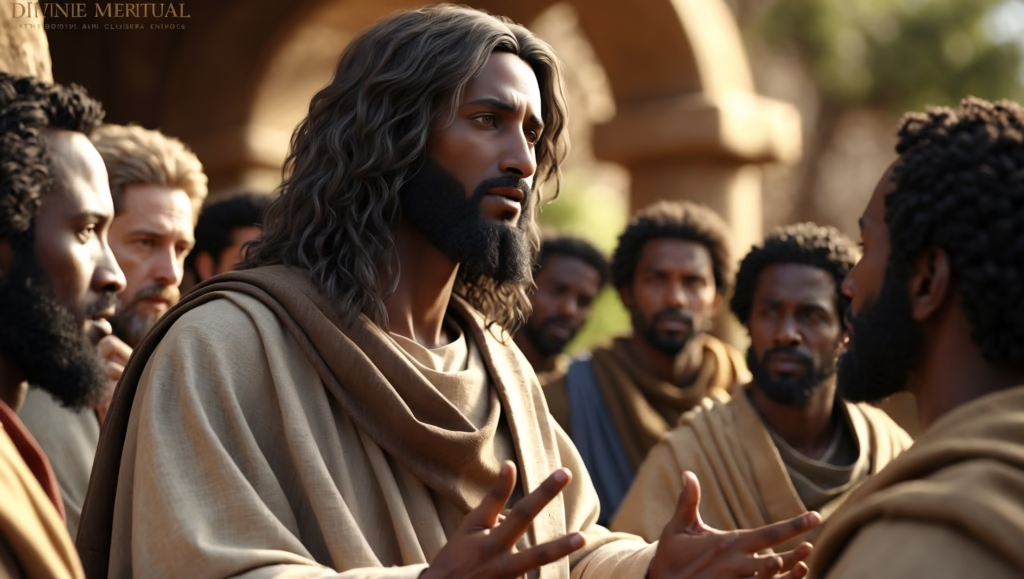Beyond the Europeanized Jesus
When imagining Jesus, Western art often depicts Him with flowing brown hair and European features. However, historical and biblical evidence suggests that first-century Jewish men, including Jesus, likely wore their hair differently. Understanding His hairstyle provides insight into cultural norms, religious identity, and the symbolic language of appearance in ancient Judaism.

Biblical and Historical Evidence
Nazirite Influence
Numbers 6 describes the Nazirite vow, in which certain individuals—like Samson—abstained from cutting their hair as a sign of dedication to God. While Jesus was not explicitly called a Nazirite, some scholars speculate that His hair may have been influenced by contemporary religious practices emphasizing visible signs of piety. Long, uncut hair could symbolize devotion or spiritual authority in specific contexts.
Shroud of Turin Clues
The Shroud of Turin, a controversial relic, provides fibers and images suggesting shoulder-length hair. While the authenticity of the shroud is debated, it aligns with cultural expectations for Jewish men of the period, who did not typically have the short-cropped hair seen in Roman depictions of masculinity.
Pauline Discussions on Hair
Paul’s letters also hint at cultural attitudes toward hair. In 1 Corinthians 11:14–15, he debates whether long hair is a disgrace for men, ultimately linking hair length to cultural norms and gender expectations: “Does not nature itself teach you that if a man has long hair it is a disgrace to him?” This indicates that hair carried social and symbolic meaning in first-century Judea.
Cultural Significance of Hair
Strength, Piety, and Shame
Hair length in ancient Jewish society could signify multiple meanings. Long hair, as in the story of Samson, symbolized strength and divine blessing. At the same time, 1st-century social norms often saw long hair as unconventional or shameful for ordinary men, particularly in public spaces. Hair was a visual language that communicated religious devotion, social status, and personal identity.
Levitical Prohibitions
Leviticus 19:27 prohibits shaving the sides of the head, reflecting a concern with ritual propriety and the maintenance of God-given appearance. Jesus, as a Jew who observed Torah practices, would have been aware of these norms, blending personal piety with cultural expectations.
Modern Representations
Ethiopian and African Iconography
In contrast to European depictions, Ethiopian and African Christian art portrays Jesus with Afro-textured hair and features authentic to Semitic populations. These representations not only challenge Eurocentric imagery but also reconnect believers to historical realities, emphasizing Jesus’ identity as a Middle Eastern Jew.
Cultural Reclamation
Modern churches and artists increasingly explore historically grounded depictions of Christ, including hair, skin tone, and dress. By representing Jesus accurately, communities highlight the universality of His message while honoring the lived realities of ancient Jewish society.
Key Insight: Hair as a Cultural and Theological Marker
Jesus’ hairstyle was more than an aesthetic choice—it reflected religious observance, cultural identity, and social symbolism. Understanding the historical context helps modern readers appreciate the intersection of appearance, faith, and culture in His life. Moving beyond Europeanized imagery encourages a more inclusive and historically faithful vision of the Messiah.










